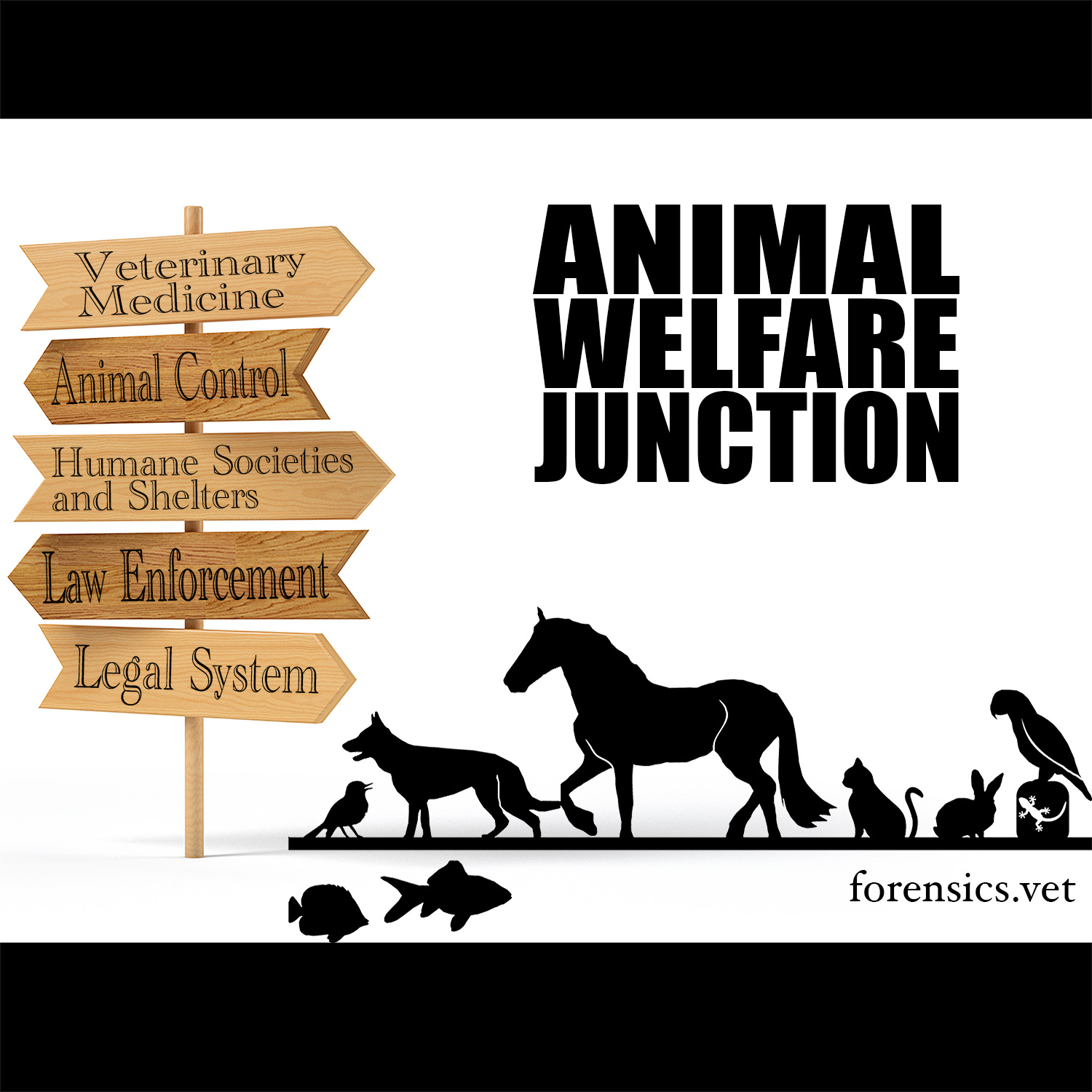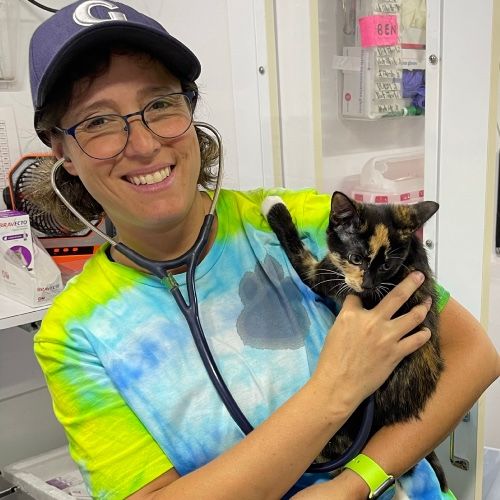Animal ForensiCon 2025: Morphology Assessment of Mammals with Verity Mathis
If you ever watched the show Bones, here is the real thing. Verity Mathis talks about the collection of species and how they can help with identification of unknown samples.
The 2025 Animal ForensiCon: The Animal Forensic Investigations Conference is a three-day event, offered in Daytona Beach Shores, Florida from May 7th to 9th, 2025. The conference is hosted by the University of Florida’s Veterinary Forensic Sciences Laboratory.
ForensiCon offers workshops and educational sessions on a wide variety of topics pertaining to criminal investigations, law, small animal investigations, equine and livestock investigations, and wildlife crimes. This conference is open to anyone interested in animal forensic investigations. Attendees will also have the opportunity to network with faculty, experts, and investigators
Transcript
The last presentation was in the morphology assessment of mammals.
2
:And to talk to us about it is Dr.
3
:Verity Mathis.
4
:Hi.
5
:Welcome to the Junction.
6
:Verity Mathis: Hi.
7
:Thank you for having me.
8
:DrG: So can you let our audience
know about what it is that you do?
9
:Verity Mathis: So I work at the
Floor Museum of Natural History.
10
:I am the mammals
collections manager there.
11
:So I take care of all of our
research collections that we
12
:have that are of modern mammals.
13
:DrG: Excellent.
14
:So how does that, how does
that apply to forensics?
15
:Verity Mathis: That's a good question.
16
:So, um, we have skeletal material,
hair, bone for you name it.
17
:If it's a part of a mammal, we have it.
18
:So it's a very useful resource for
comparing things that you might find at
19
:a crime scene or at an investigation.
20
:If you have a piece of bone or
a piece of skull that you don't
21
:know what it is, natural history
collections can help you identify that.
22
:And it doesn't even have to be mammal.
23
:There's collections for
birds and snakes and.
24
:You name it, there's a collection for it.
25
:So we can help figure out what
you might have if you don't know,
26
:and if DNA is not available.
27
:DrG: You used the term during
the lecture, mammology.
28
:What does that mean?
29
:Verity Mathis: So mammology is
basically the study of mammals.
30
:So that's what we do.
31
:We study all aspects of mammals generally.
32
:Some of us have more
specialties than others.
33
:Um, but yeah, it's just the general
study and appreciation of mammals.
34
:DrG: What kind of
species do you guys hold?
35
:Verity Mathis: So we have a little bit
of everything from all around the world.
36
:So we have almost all the orders
of mammals represented except for
37
:two very small Australian orders.
38
:So we, you know, we have a lot of
rodents and bats and carnivores and
39
:huge number of whales and dolphins.
40
:Um, manatees.
41
:Panthers.
42
:We have a lot of representation from
a lot of, from the southeastern United
43
:States 'cause that's where we're housed.
44
:But we also have representation from
all over the world, from Central
45
:South America to Pakistan to Africa.
46
:So we have, I think a little over 1100
species of mammals in our collection.
47
:Um, so it's not representative of
everything in the entire world,
48
:but it's a good cross section.
49
:DrG: I have a friend that does forensic
anthropology and they go on excavations
50
:and they try to dig out bones and stuff.
51
:Mm-hmm.
52
:So basically what you do would be,
uh, probably say provide samples to
53
:be able to compare what they pull out.
54
:Verity Mathis: Exactly.
55
:Yeah.
56
:So we work a lot with anthropology
collections ourselves, so especially
57
:our, environmental archeology
collections and paleontology collections.
58
:So if they find a piece of a bone and
they don't know what it is, they can
59
:bring it to our collection and we can
help them decide what species it was.
60
:And so they know the context of what
the found, you know, like if it's
61
:domestic versus a wild animal, um, if
it's been worked or cut, we can kind of
62
:help figure that out and go from there.
63
:Yeah.
64
:DrG: Do you get calls from law
enforcement to help you identify remains?
65
:Verity Mathis: Uh, every once in a while,
so that's part of the reason why I wanna
66
:come here today to give a talk, is to
let people know that we are a resource.
67
:'cause we actually, we don't deal a
whole, whole lot with law enforcement,
68
:but we are there, we've done some stuff
with the US Fish and Wildlife Service
69
:in the past to give, um, opinions
on evidence that they've collected.
70
:But it would be good to let people
know that we are a resource for
71
:those, those things that they
might find at their crime scenes.
72
:DrG: I guess so, yeah, that was gonna
be my last question was gonna be where
73
:do you, where do you see this going?
74
:Verity Mathis: Yeah, so I mean, that's
just, you know, we're, we have these
75
:collections of mammals and we love to
have them be useful to people not only
76
:for research, I mean, the foundation
of research of these collections are
77
:for research purposes, but they, they
can expand beyond that in so many
78
:other capacities in terms of education,
outreach, and identification for.
79
:You know, crime scene
investigations, wildlife forensics,
80
:anthropological questions.
81
:Um, just to know that it
doesn't have to be, you know,
82
:a specific research question.
83
:It can be just a purely identification
kind of mystery that we like to solve.
84
:And so that's why we have these
collections just to kind of help
85
:maybe solve those mysteries.
86
:I don't know.
87
:Yeah.
88
:It's fun.
89
:Yeah.
90
:Yeah.
91
:DrG: Well, thank you so much for being
here, and thank you for what you're doing.
92
:I think it's, it's really cool.
93
:Verity Mathis: Oh, thank you.
94
:Yeah.
95
:It's a fun job.

